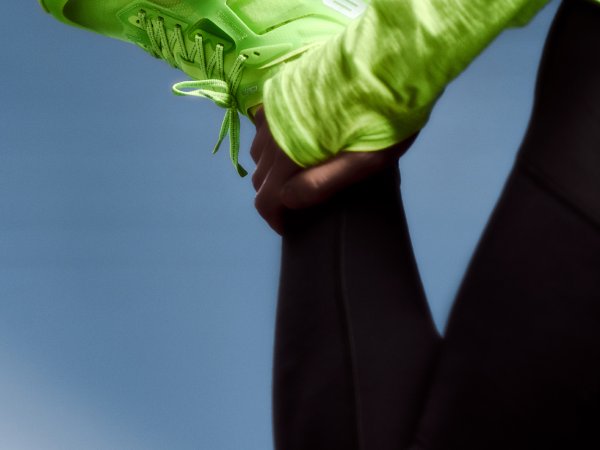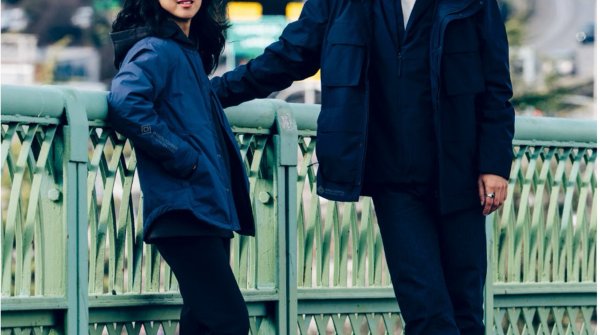In 2012, Galahad Clark and his cousin Asher founded the Vivobarefoot brand. They were no strangers to the shoe industry: both come from the Clark family, an English shoemaking dynasty that gave rise to the well-known Clarks shoe brand 200 years ago. But while their family name stands for classic shoes, the two are pursuing a completely different approach: Vivobarefoot is one of the pioneers of the barefoot shoe movement, which has gained significant momentum in recent years. Their goal: to reconnect feet and people with nature, to literally liberate them - both physically and metaphorically. The barefoot movement promotes shoes that allow for natural movement, thus supporting overall health. This approach is backed by scientific research. A strong emphasis on sustainability and a deep connection with the community further define Vivobarefoot's philosophy.
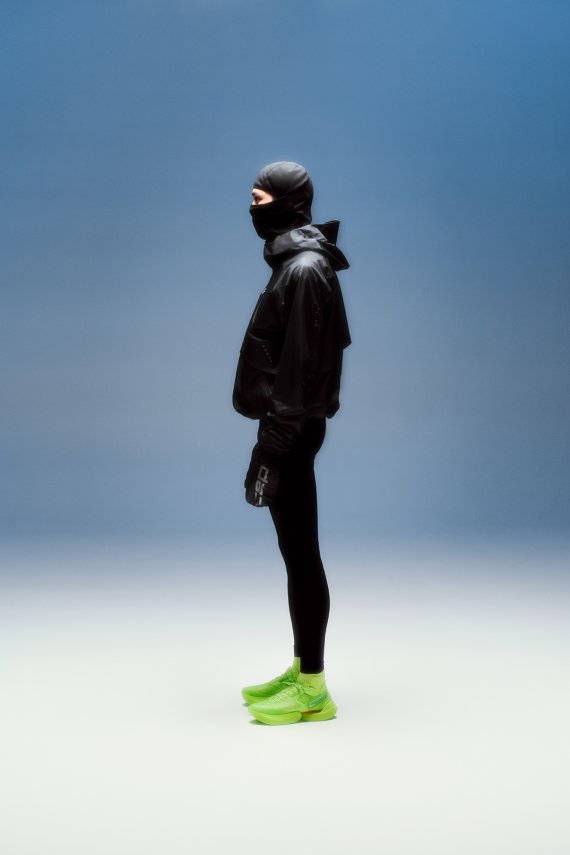
Galahad Clark: I come from seven generations of shoemakers, but I realised most modern shoes actually make people’s feet weaker. Vivobarefoot was born to reconnect people with their natural potential through their feet. A rebellion against “Big Shoe.” We make footwear that helps you feel more, move naturally, and live regeneratively.
Clark: Conventional shoes deform the foot and disconnect us from the ground. Barefoot shoes are wide, thin and flexible. They let the body’s natural technology do its job. Everyone benefits, especially children, athletes and anyone wanting to move well and age well. Human health starts from the ground up.
Clark: Wide, thin, flexible, with zero heel drop and sustainable materials. Anything that restricts or cushions excessively isn’t barefoot, no matter the marketing.
Clark: Vivobarefoot stepped out as its own company in 2012, led by cousins Asher and me. We wanted to challenge the conventional shoe industry and reconnect people to nature through their feet — and we’ve been on that mission ever since.
Clark: What started as a quirky niche has become a steadily scaling global movement. Independent reports now peg the barefoot/minimalist category at around 550 - 600 million US dollars in 2024, giving Vivo roughly 20 percent market share. Fashion has even tipped its hat, think of Balenciaga’s launches, and the mainstream media is catching on. For context, we sold just over 1.5 million pairs in FY25, generating just over 125 million US-Dollars last year. Proof that more people are waking up to natural health and natural movement.
Today it’s a recognised category, backed by science and culture. Many brands have entered, but few combine purpose, performance and sustainability. Our focus is to stay the benchmark for quality and authenticity.
Clark: Vivobarefoot has grown to over £100 million in global sales, roughly doubling every two years. But more important than revenue is the growing community of people living the barefoot philosophy.
Clark: Yes, and it’s exciting. Germany hosted Europe’s first dedicated barefoot trade fair, the Barefoot European Shoe Fair at Messe Offenbach, with 70+ exhibitors and around 80 brands. The U.S. has its own consumer‑plus‑industry events like the Barefoot Shoe Expo in Chicago 2024 and in Denver in May 2025. And the UK just ran its first Barefoot Shoe & Foot Health Expo in September 2025. These aren’t one‑offs, they’re signals of a vibrant, international ecosystem of brands, retailers and educators.
Clark: Our three anchor markets are the UK, the US and the DACH region. That’s where the bulk of our community lives and where we’re seeing the fastest growth. But Asia, especially Japan, is catching on fast.
Clark: We’re the regenerative barefoot footwear brand: B Corp‑certified, design‑led and science‑informed. Everything we do is about reconnecting people to nature and unlocking human natural potential. This includes our ReVivo offer of repair, reuse and resale; our VivoHealth education platform; the Livebarefoot Foundation, which supports rewilding nature and indigenous artisanship; and VivoBiome, which focuses on custom, local and additive manufacturing.
Clark: Design for us means biological design, creating around how the human foot is shaped and functions. A good shoe should disappear on the foot. We design for connection, not decoration.
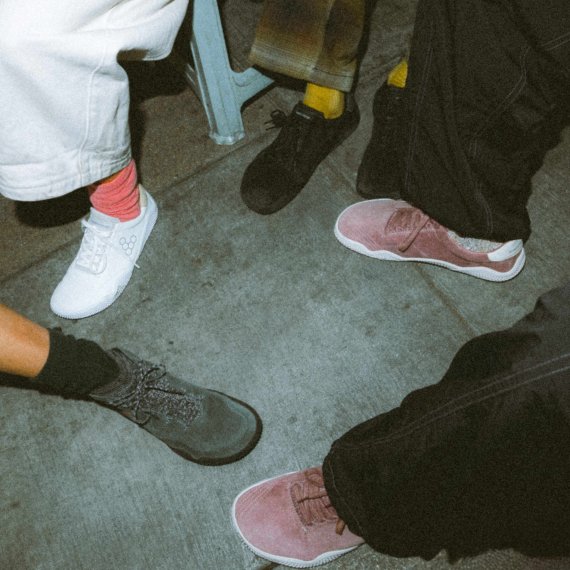
Clark: Absolutely. Health is still the heartbeat, but design and desirability now run alongside it. Our range spans lifestyle, outdoor and performance and even innovation capsules like VivoBiome Tabi Gen 01 - a scan‑to‑print, bespoke sandal piloted in our stores. We also collaborate with athletes and creators, for example with world champion surfer John John Florence, and material innovators like Balena and Mycel to push form, function and aesthetics forward.
Clark: We began with runners and natural-movement enthusiasts. Now our community spans parents, educators, health professionals and outdoor explorers. Barefoot has evolved from a performance niche into a holistic lifestyle of movement and sustainability.
Clark: If anything, it’s clearer. Big Shoe has built a world of muffled sensory deprivation — a matrix of foam and fashion that literally disconnects people from nature and, frankly, from themselves. Against that backdrop, the counter‑culture of nature connection and full sensory experience is growing fast. It’s not driven by a dumbed‑down advertising maelstrom; it’s a word‑of‑mouth, conscious movement. People are waking up to the idea that when you free your feet, your mind will follow.
Maximalist cushioning might be culturally loud, but it’s also a symptom of disconnection. Our job is to offer the antidote: simplicity, sensory richness, and natural health. That’s why we give people a 100‑day no‑questions‑asked trial, because once they feel the ground, the product speaks for itself.
Clark: Nature already built the best technology: the human foot. We simply remove what gets in its way. Once people feel the difference, they don’t go back. We use science to prove what nature already knows.
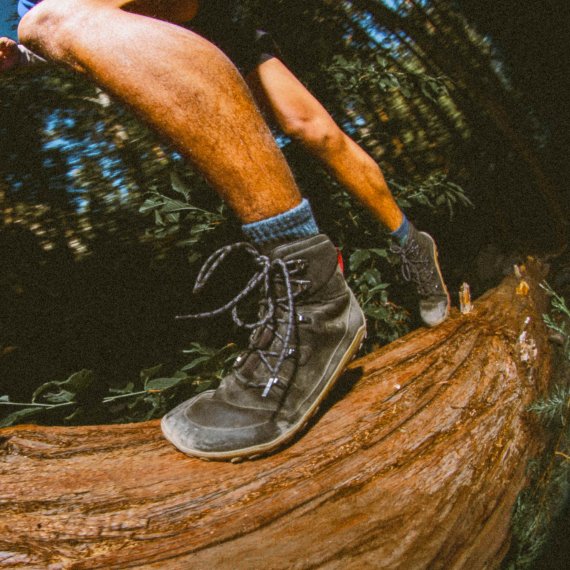
Clark: Huge. More athletes are realising performance and longevity come from natural strength and recovery. We’re partnering with trainers and elite teams to rewild sport. Performance through nature, not against it.
Clark: We’re primarily direct‑to‑consumer through our global e‑commerce platform, complemented by a curated wholesale network, specialist barefoot retail partners and major outdoor retailers like REI in the US.
Clark: Yes, we have 25 stores around the world - from Tokyo to Vancouver - with new flagships coming in New York, Middle East and China in the next few months. Our stores are movement hubs - places to learn, connect and experience natural health.
We also have two UK concept stores in London and our new Bristol store. All feature VivoBiome foot‑scanning and community programming. Looking ahead, we’re expanding our omni‑channel footprint with more owned and franchised locations and additional VivoBiome scan hubs in priority markets.
Clark: Partners who see retail as education and community, not just shelves. We want to work with stores that believe in natural performance, sustainability and storytelling.
Clark: It’s everything. We don’t want customers; we want co-creators. Real change happens when people feel the benefits — that’s how a movement grows.
Galahad Clark from Vivobarefoot impressively demonstrates how barefoot shoes have developed from a niche product that was ridiculed to a category that is being taken seriously and is growing rapidly. The basic principle remains deliberately simple: shoes that do not correct the foot, but support its natural function. At the same time, the segment has evolved significantly in terms of design, technology and brand image: Away from a purely eco-image towards a modern, aesthetic and scientifically based product world that serves both lifestyle and performance demands. More and more people are recognizing this as a healthy alternative to over-engineered shoes and are consciously opting for a more natural feeling of movement.
You can experience for yourself how technology and design are evolving in the barefoot shoe segment at ISPO 2025, where Vivobarefoot will be presenting its latest innovations as an official exhibitor. From NOV 30. - DEC. 02 in Munich.
Meet Vivobarefoot Ltd. at ISPO 2025 here: BOOTH A1.208
- Natural movement instead of cushioning logic: barefoot shoes rely on the biomechanical intelligence of the foot and deliberately do without thick soles and corrective elements - a counter-design to the classic shoe industry.
- rom niche product to global movement: The market for barefoot and minimal shoes is growing rapidly and is now worth around 550-600 million US dollars. With a market share of around 20%, Vivobarefoot is one of the strongest drivers of this development.
- Modern design is replacing the former eco-image: Today, barefoot shoes are aesthetic, versatile and contemporary - from lifestyle to performance. Collaborations with athletes and design innovators strengthen their relevance in the mainstream.
- Science-based & awareness-driven: studies confirm the benefits of natural movement. At the same time, the community that sees barefoot shoes not as a trend but as part of a healthy, holistic lifestyle is growing.
- Growth in the sports and outdoor segment: More and more athletes are discovering the benefits of natural strength development and regeneration. Barefoot shoes have enormous potential in the performance sector and are catching up quickly in terms of technology.

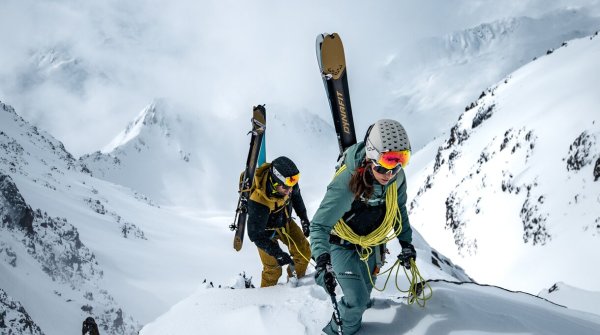 Sports BusinessSki Mountaineering Goes Olympic: What Milano-Cortina 2026 Means
Sports BusinessSki Mountaineering Goes Olympic: What Milano-Cortina 2026 Means
- ISPO awards
- Mountain sports
- Bike
- Design
- Retail
- Fitness
- Health
- ISPO Job Market
- ISPO Munich
- ISPO Shanghai
- Running
- Brands
- Sustainability
- Olympia
- OutDoor
- Promotion
- Sports Business
- ISPO Textrends
- Triathlon
- Water sports
- Winter sports
- eSports
- SportsTech
- OutDoor by ISPO
- Heroes
- Transformation
- Sport Fashion
- Urban Culture
- Challenges of a CEO
- Trade fairs
- Sports
- Find the Balance
- Product reviews
- Newsletter Exclusive Area
- Magazine
